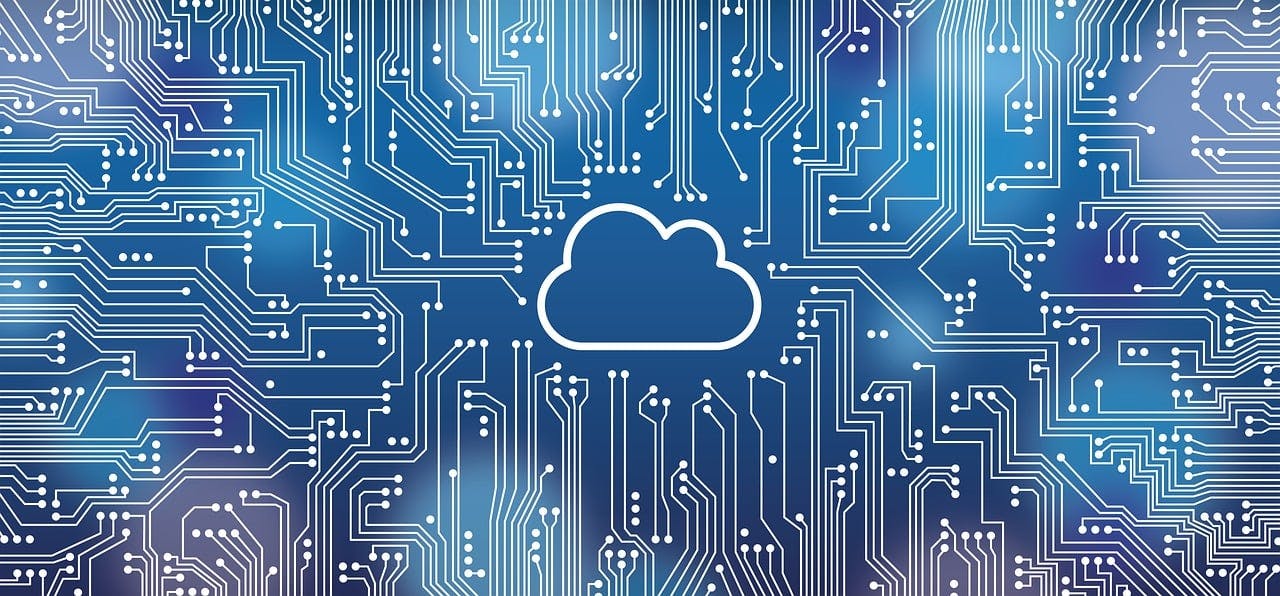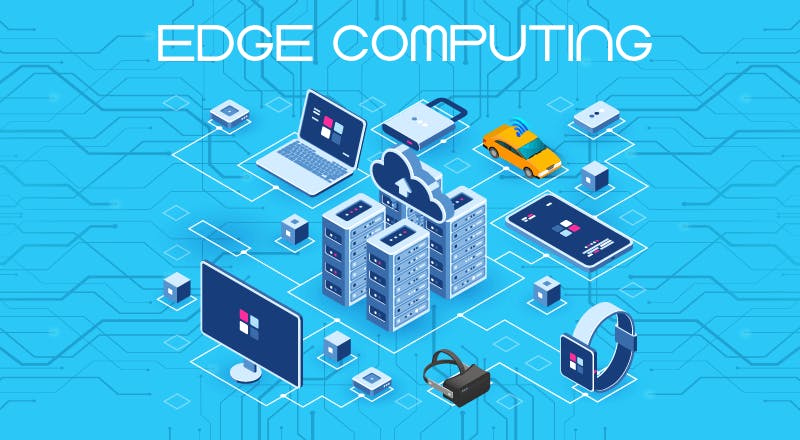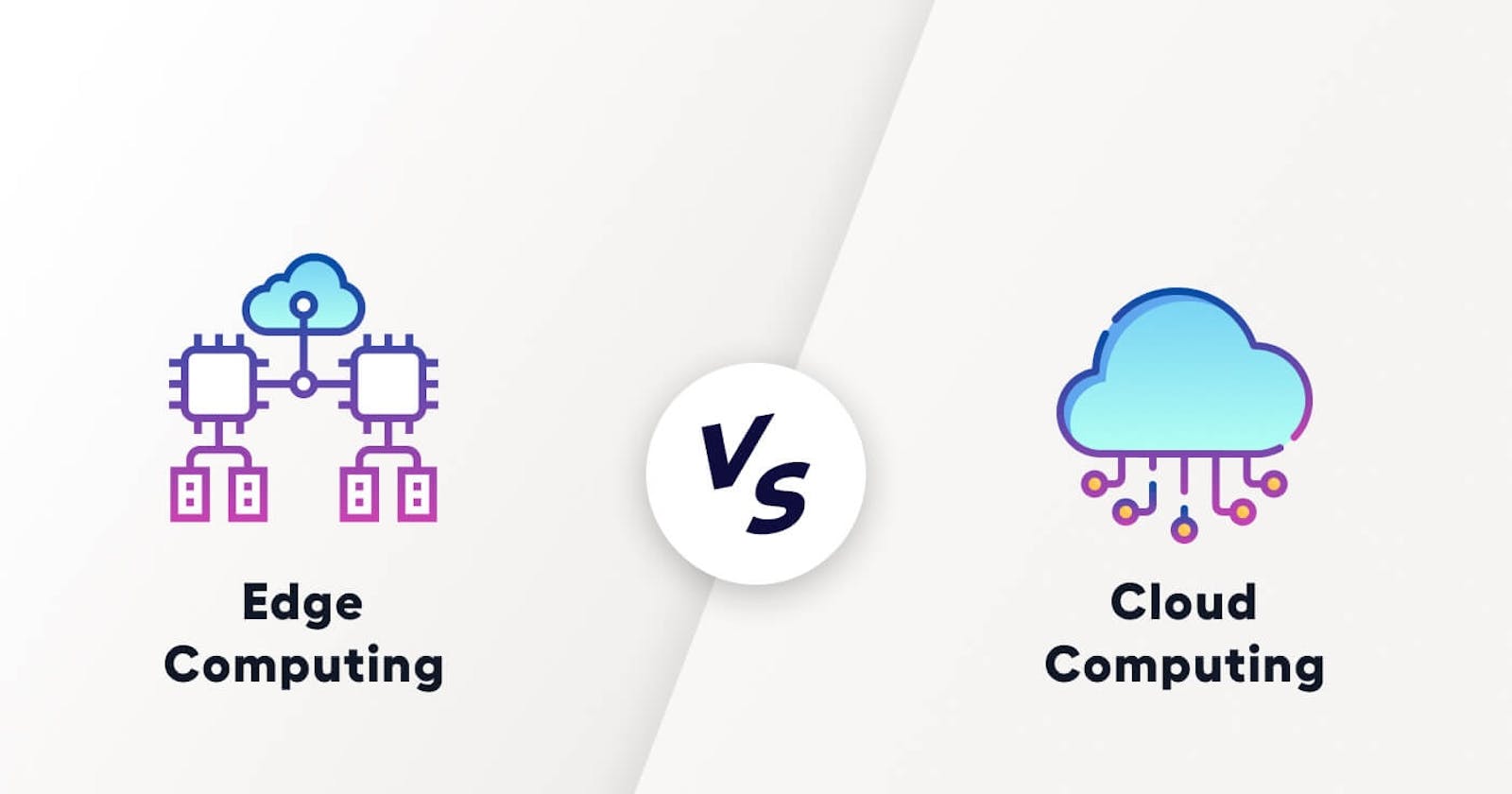In today's hyper-connected world, the demand for efficient and agile computing solutions is more pronounced than ever before. Two innovative technologies, Cloud Computing and Edge Computing, have emerged as game-changers in the digital landscape. In this blog, we'll delve into the fundamentals of both technologies, explore their respective advantages and disadvantages, and discuss scenarios where each shines.
What is Cloud Computing and How Does it Work?
Cloud Computing is a revolutionary paradigm that enables users to access and store data, as well as utilise computing resources, over the internet. Instead of relying on physical servers or local storage devices, cloud computing leverages remote servers hosted in data centres. These servers are maintained and managed by cloud service providers, allowing users to access computing resources on-demand. The core principle behind cloud computing is the delivery of computing services—including servers, storage, databases, networking, software, and analytics over the internet.

Advantages of Cloud Computing:
Scalability: Cloud computing offers unparalleled scalability, allowing users to scale computing resources up or down based on their needs.
Cost-effectiveness: By eliminating the need for on-premises infrastructure and hardware investments, cloud computing helps organisations reduce capital expenses.
Flexibility: Cloud computing provides users with the flexibility to access data and applications from anywhere with an internet connection, enabling remote work and collaboration.
Disaster Recovery: Cloud computing facilitates robust disaster recovery solutions, ensuring data redundancy and resilience in the face of unforeseen events.
Automatic Updates: Cloud service providers handle software updates and maintenance, ensuring that users always have access to the latest features and security patches.
Disadvantages of Cloud Computing:
Security Concerns: Storing sensitive data on remote servers raises security concerns related to data breaches and unauthorized access.
Downtime Risks: Reliance on third-party cloud providers exposes users to the risk of downtime, which can disrupt operations and productivity.
Dependence on Internet Connectivity: Cloud computing heavily relies on internet connectivity, making it vulnerable to network outages and disruptions.
Limited Control: Users may have limited control over their data and infrastructure when relying on cloud services, leading to potential compliance and regulatory issues.
Potential Vendor Lock-In: Migrating data and applications between cloud providers can be challenging, leading to vendor lock-in and reduced flexibility.

When to Use Cloud Computing:
For businesses looking to scale rapidly without hefty upfront investments in infrastructure.
For organisations requiring flexibility and accessibility, enabling remote work and collaboration.
For applications and workloads with variable computing demands, benefiting from the scalability of cloud resources.

What is Edge Computing and How Does it Work?
Edge Computing is a distributed computing paradigm that brings computation and data storage closer to the location where it is needed, typically at the "edge" of the network. Unlike cloud computing, which centralizes computing resources in remote data centers, edge computing processes data locally on edge devices or servers, reducing latency and bandwidth usage. The key concept behind edge computing is to perform computation and data processing as close to the data source as possible, minimising the need for data transfer to centralised cloud servers.
Advantages of Edge Computing:
Low Latency: Edge computing offers ultra-low latency, enabling real-time processing and responsiveness for time-sensitive applications.
Reduced Bandwidth Usage: By processing data locally, edge computing reduces the need for transmitting large volumes of data over the network, conserving bandwidth.
Improved Reliability: Edge computing enhances reliability by minimizing dependence on centralised cloud infrastructure, reducing the risk of network failures or disruptions.
Enhanced Privacy and Security: Edge computing enables data processing and analysis closer to the data source, reducing exposure to security threats and ensuring data privacy.
Offline Operation: Edge devices can operate autonomously, even without internet connectivity, ensuring continuous operation in remote or disconnected environments.
Disadvantages of Edge Computing:
Limited Processing Power: Edge devices may have limited processing capabilities compared to centralized cloud servers, restricting the complexity of computations.
Increased Complexity: Managing a distributed network of edge devices can be complex and challenging, requiring sophisticated orchestration and coordination.
Higher Implementation Costs: Deploying edge computing infrastructure may require significant upfront investment in hardware and network infrastructure.
Scalability Challenges: Scaling edge computing deployments across a wide geographical area can be challenging due to the need for distributed infrastructure and management.
Data Synchronisation Issues: Maintaining data consistency and synchronization across edge devices and centralised servers can be complex, requiring efficient data management strategies.

When to Use Edge Computing:
For applications requiring real-time processing and ultra-low latency, such as IoT devices, autonomous vehicles, and industrial automation.
For use cases where data privacy and security are paramount, enabling on-device processing and analysis.
For deployments in remote or disconnected environments where internet connectivity is unreliable or unavailable.

In a nutshell, Edge Computing and Cloud Computing are distinct paradigms with different architectures, capabilities, and applications. Edge Computing excels in real-time processing, low latency, and enhanced reliability, making it ideal for applications like IoT, autonomous vehicles, and smart cities. On the other hand, Cloud Computing offers scalability, cost-effectiveness, and broader accessibility, catering to a wide range of computing needs. By understanding the strengths and weaknesses of each technology, organisations can make informed decisions to meet their specific requirements and achieve their goals in the ever-evolving digital landscape.
